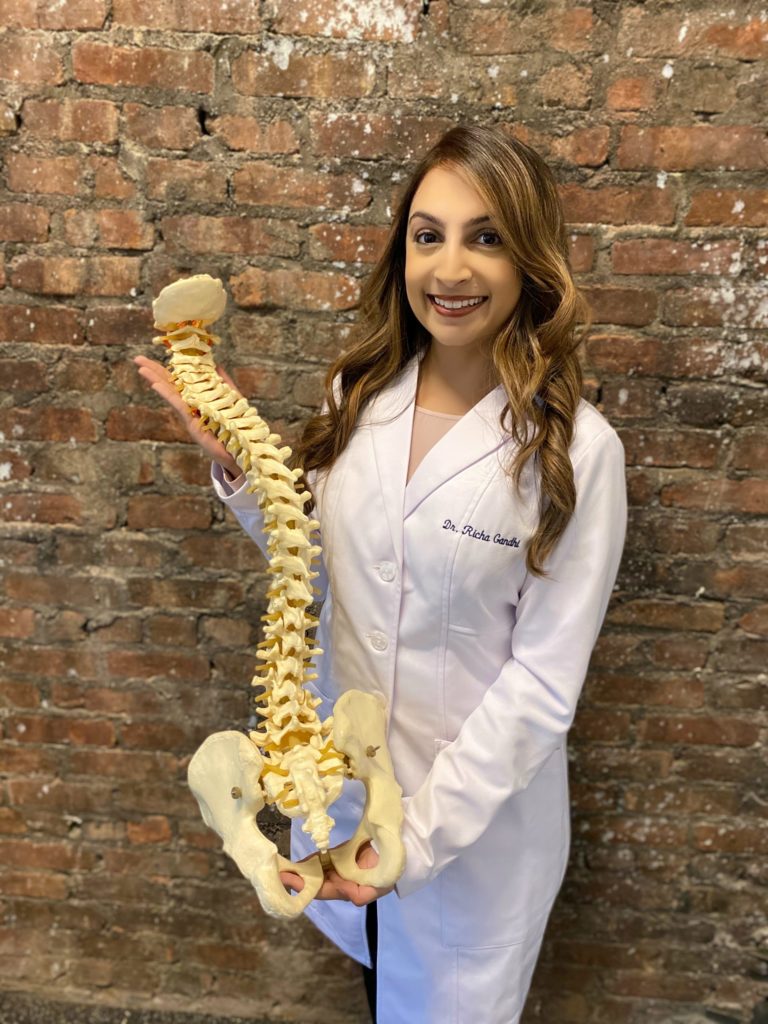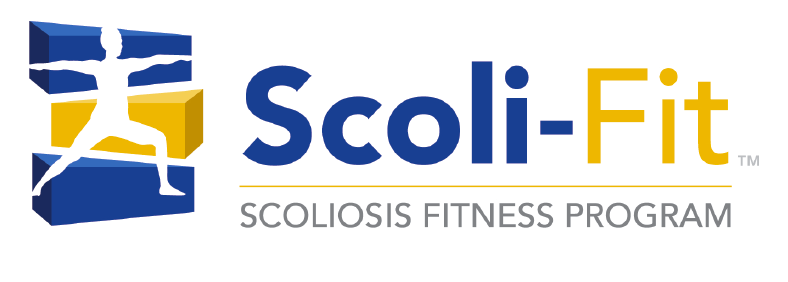Arzt für Orthopädie, Chirotherapie u. Physikalische Therapie Katharina-Schroth-Klinik, Sobernheim.
Abstract
The prospective study reported here was instituted in 1987 to obtain more detailed data on the efficacy of scoliosis-specific spinal rehabilitation after Schroth. Inclusion criteria were 1) idiopathic scoliosis, 2) Risser stage < 4, 3) no treatment with corset or electrical stimulation, 4) first examination between 1 and 3 years postoperatively, 5) usable total X-rays taken with the patient standing not more than 6 months prior to admission. A total of 181 scoliosis patients with an average age of 12.76 years and an average Cobb angle of 27 degrees were included in the study. The average Risser’s sign was 1.4 and the average follow-up period was 33 months. No cases of relative progression (annual increase in curvature of 5 degrees or more) were observed. For the purpose of comparison with the spontaneous course, the patients were grouped by age and severity of scoliosis. Both the absence of any relative progression as well as direct comparison of the development of scoliosis under therapy with the spontaneous course confirmed the efficacy of the stationary rehabilitation programme notably in cases with poor prognosis, i.e. with large scoliosis angles and unfavourable curvatures.
Adult Scoliosis is a Problem – Three Reasons Why

A Quick Guide to Scoliosis and How to Deal With It

Virtual Scoliosis Exercise and Nutritional Consultation Now Available Online

Why Physiotherapy Is Beneficial for Scoliosis Patients – What to Know
3 Common Types of Alternative Scoliosis Treatment Methods – What to Know
Let's Help You!
Scoli-Fit
NYC 160 Broadway 16th Floor New York NY 10038
inquiry@tristanp3.sg-host.com
